Halloween is going to look different this year… and it is extremely important for us to keep each other safe.
Consider These Lower Risk Activities to Keep Your Holiday Fun and Safe:
1 . Carve or decorate pumpkins (and turn it into a contest!).
Get together safely with your quarantine crew to carve and decorate pumpkins.
2. Decorate your living space to get into the Halloween spirit.
If you don’t feel safe meeting up with friends or neighbors, that is totally valid! Whether you are immunocompromised or just don’t want to leave your house this is a lower-risk activity. Find some fun decorations and just go with your own creative vision. You can even decorate while listening to some fun Halloween themed music!
3. Have a virtual Halloween costume contest over your favorite video platform.
Get together with your friends over Zoom, Google Meet, or whatever platform you enjoy most and have a virtual costume contest. Not only will this give you an opportunity to get dressed up, but you will be able to connect with your friends, wherever they may be.
4. Watch a Halloween themed movie with your household or with friends over Zoom or Netflix Party.
Watching a movie can be a wonderful activity to do safely. Pick a movie and take it from there! If you are living alone or would rather watch with others you can screen share over Zoom or if you have Netflix, download the Google Chrome extension “Netflix Party” which allows you to watch movies with your friends.
5. Decorate cloth masks.
Buy some cloth face masks and paint them! You can choose to decorate them to go with your costume or just decorate them for the winter.
To find more information about staying safe this Halloween, go to the CDC’s Website.



































